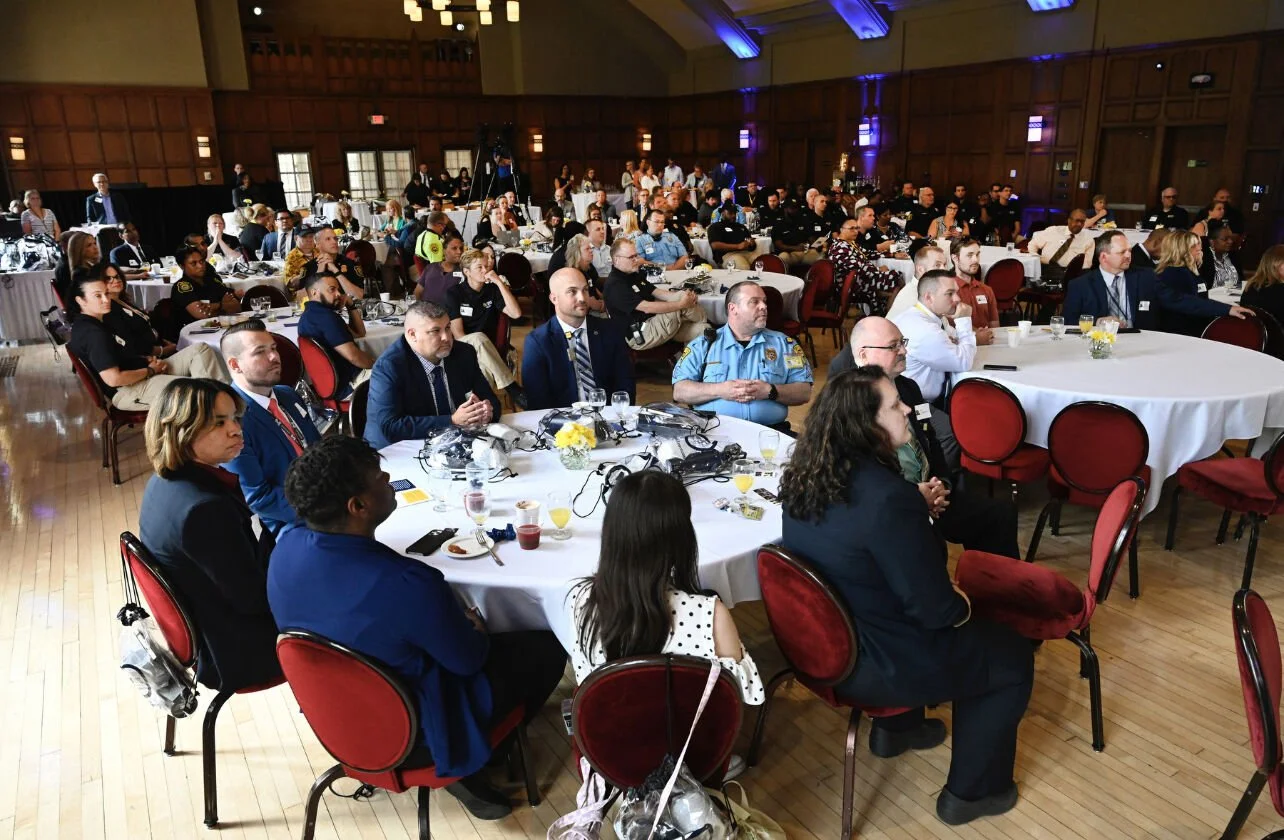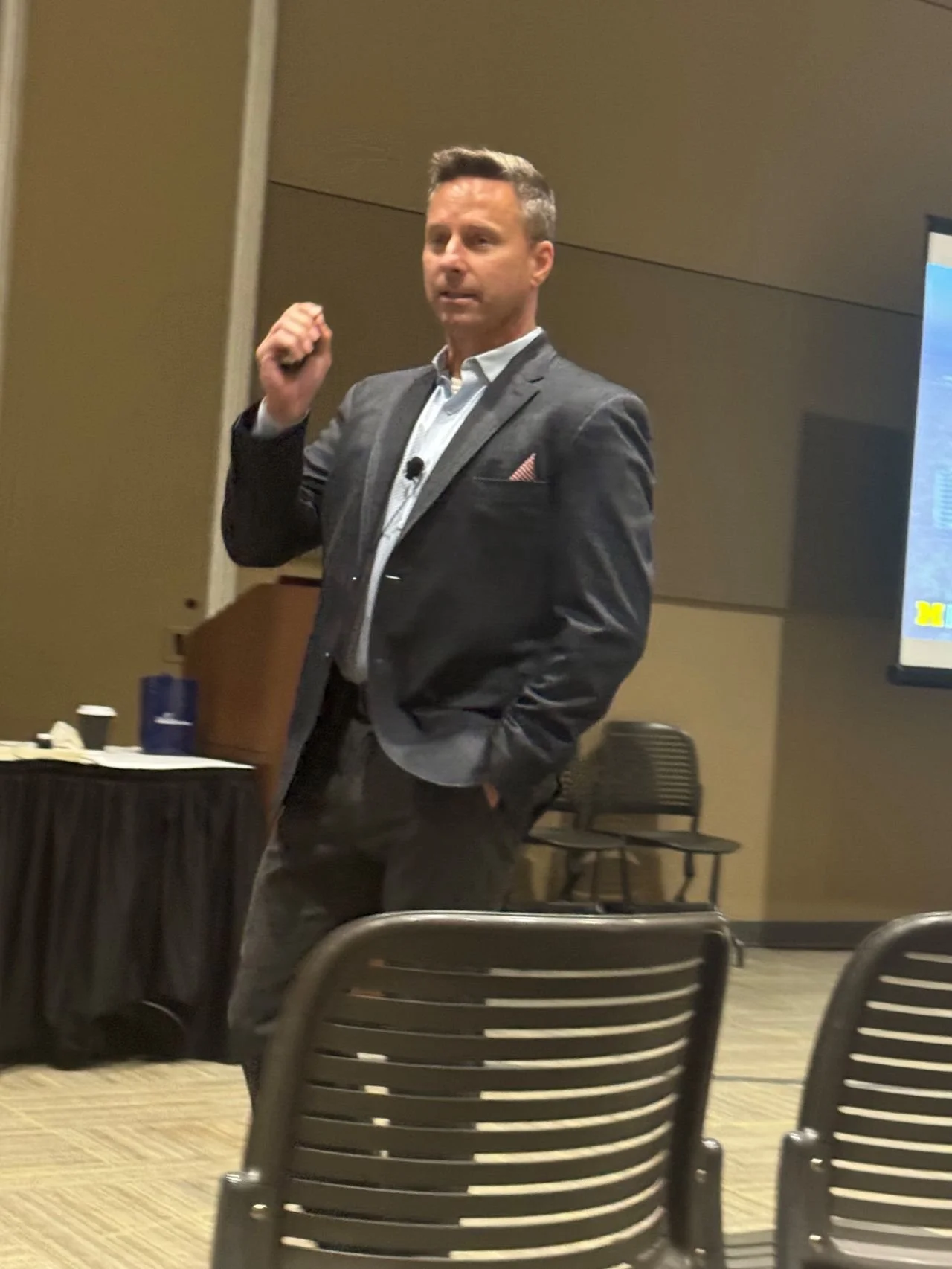
When safety is treated as a project, it fades. When it becomes a system, it sticks.
Brian Uridge helps organizations design and operationalize that system—aligning people, policies, training, and technology, so teams feel prepared and leaders can measure progress. It’s a hands-on approach to consulting—one that’s outcomes-focused and built around a simple engine: trust, training, and technology working together.
From Assessment to Action
Our Core Consulting Competencies
Brian works with organizations that serve the public every day—healthcare, education, government, business, and faith communities—where safety and assurance have to show up in real time:
-
Hospitals & Health Systems
High-acuity, 24/7 environments need clear roles across security, nursing, HR, and leadership. Brian aligns people, policies, and technology to raise both safety and assurance.
-
Home Health, Clinics & Outpatient
Mobile and ambulatory teams face unique risks in varied settings. Consulting focuses on field-ready protocols, situational awareness, and practical de-escalation.
-
Universities & Colleges
Open campuses require coordinated threat assessment, event security, and communication plans. Brian strengthens cross-functional teams and streamlines reporting and follow-up.
-
Municipal Agencies
City halls, libraries, transit, and parks are public by design. Engagements emphasize customer-facing de-escalation, policy refreshes, and measurable service standards.
-
K–12 Districts
Age-appropriate protocols, reunification planning, and drills that teach—not terrify. Brian equips staff to spot concerns early and respond with calm, consistent routines.
-
Corporate Workplaces
Offices, labs, and distribution centers benefit from right-sized workplace-violence programs, traveler/lone-worker guidance, and clear escalation paths.
-
Faith Communities
Open-door hospitality can coexist with prudent safeguards. Consulting builds volunteer-friendly procedures, usher/greeter training, and low-cost improvements that matter.
And the work is practical.
We evaluate what you have, fix what’s confusing, and install routines your people will actually use:
✅ Program Audits & Maturity Assessments. Baseline where you are, identify gaps, and prioritize high-leverage changes you can execute with current resources.
✅ Incident & Near-Miss Reviews. Turn events into learning with structured after-action analysis, corrective actions, and feedback loops that actually get used.
✅ Policy & Procedure Refresh. Simplify, clarify, and align documents with practice—mapping to regulatory or accreditation needs without drowning staff in paperwork.
✅ Behavioral Threat Assessment Setup. Stand up or strengthen teams, define intake and triage, create referral pathways, and standardize documentation and metrics.
✅ Workplace Violence & Active-Threat Planning. Prevention–intervention–response playbooks, role clarity for partners (security/HR/clinical/leadership), and table-top or live drills.
✅ Event, Campus & Facility Security Design. Practical ingress/egress, signage, chokepoints, and staffing models—balanced for operations, experience, and cost.
✅ Training Systems That Scale. Short modules for frontline and leaders, train-the-trainer kits, scenario decks, and after-action templates that embed skills over time.
✅ Culture & Communication Routines. Recognition models, rounding cadence, and biweekly updates that reinforce the behaviors you want repeated.
✅ Technology Roadmaps. Cameras/analytics, access control, duress, and reporting tools—selected to serve the mission; includes RFP criteria and deployment milestones.
✅ Measurement & Dashboards. Track leading indicators (rounding, reports, training) and outcomes (incident rates, time to resolution, staff confidence) to prove progress.
✅ Leader Coaching & Change Management. Practical coaching that helps managers install new habits, hold standards, and keep momentum after go-live.
Across every scope, core skills—situational awareness, proximity management, and de-escalation—are woven in so frontline staff can act confidently while staying safe.
How the Engagement Works
Clarity first, then momentum. Every engagement begins with discovery: a short intake, document review, and interviews across roles (leaders, security, clinical/HR, frontline).
Brian uses a SMAC-style planning lens (Situation, Mission, Execution, Administration/Logistics, Command & Control) to frame the work and avoid micromanagement. From there, he builds a 30-60-90 plan that prioritizes high-leverage changes you can execute with existing resources. Site walks, policy gap analysis, culture diagnostics, and data baselining (reports, calls, response times, staff surveys) inform a practical roadmap. Coaching and change management are also part of the package.

Tools, Training & Deliverables
Brian Uridge offers real, concrete solutions, not just a binder of text you’ll never open.
You’ll get tools your people will actually use:
✅Playbooks & Protocols
Prevention–intervention–response guides, threat referral pathways, and clear roles for cross-functional teams.
✅ Training That Scales
Core skills—situational awareness, proximity management, and de-escalation—are taught with short modules, scenarios, and tabletops. Materials are designed for in-house delivery so you can keep momentum without constant outside support.
✅ Technology Alignment
Practical guidance on cameras/analytics, access control, duress solutions, canines, and reporting tools—purchased only when they serve the mission.
✅Communication Systems
Recognition and rounding models, biweekly update formats that reinforce behaviors, and language that builds assurance.
✅Measurement
Simple dashboards that track both leading indicators (rounding, reports, training completion) and outcomes (incident rates, time to resolution, staff confidence).
Deliverables are tailored to your risks, policies, and constraints.
If regulation or accreditation is in play, recommendations map cleanly to those requirements.

Delivering Results You Can Measure
Leaders bring Brian in because he connects culture to metrics. Expect clearer roles, faster escalations, better documentation, and a rise in early reporting—signs that people feel safe enough to speak up. Expect frontline teams who can read rooms, keep safe distance, and de-escalate under stress. Expect investments that make sense: strengthen relationships first, build skills next, then deploy technology that truly adds value.
Most important, expect assurance to grow alongside safety; when people feel safe, they deliver better care and service.
Move From Policies on Paper to Practices That Save Lives—Your Team’s Safety Is Worth It
Imagine your team working from shared habits instead of binders—clear roles, steady routines, and a little less tension in the room. Progress shows up in small ways first: questions get answered sooner, handoffs feel cleaner, and people speak up earlier because they trust the process. That’s the kind of movement Brian helps set in motion.
If that’s the direction you’re aiming for, share your goals and constraints. Brian will shape a right-sized scope, begin with a short discovery call, and map the first 30–60–90 days so your team can start, adjust, and keep going.




